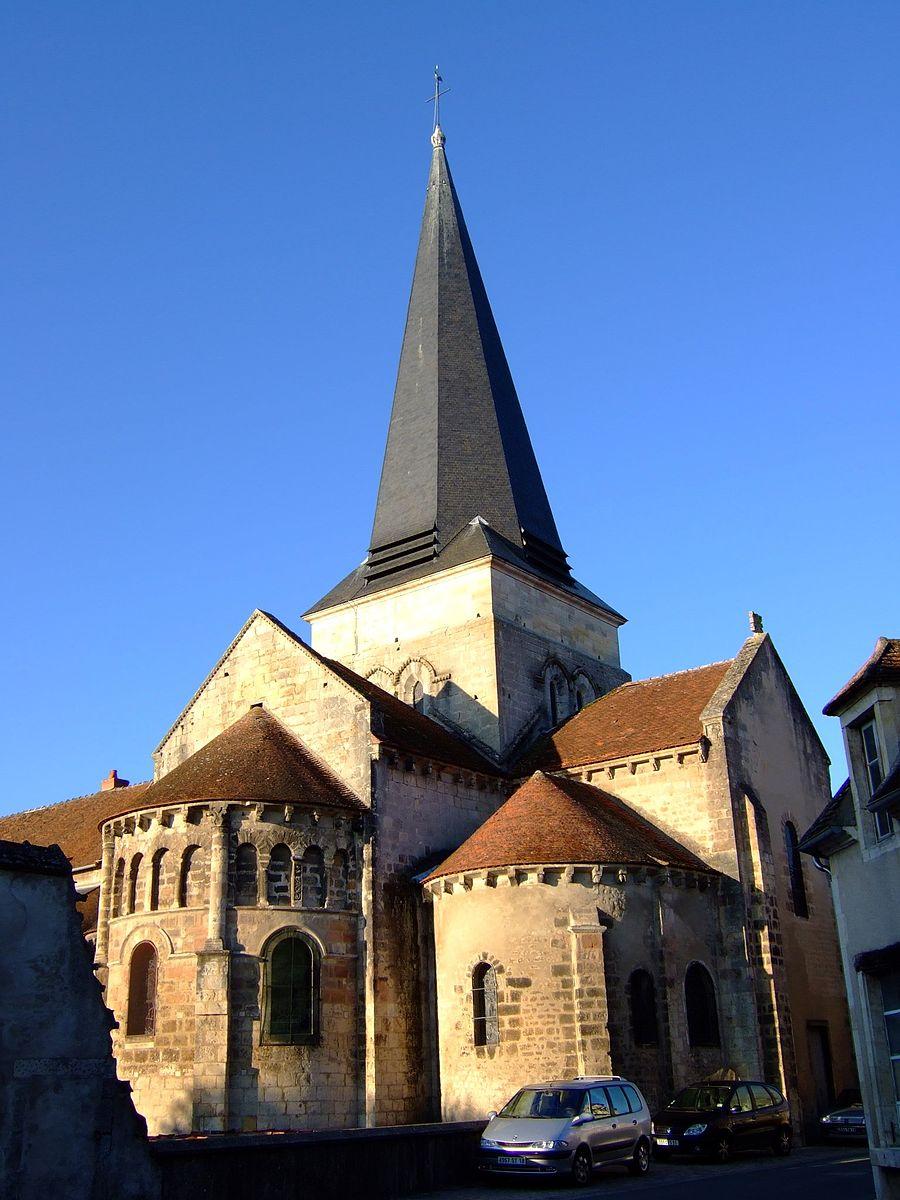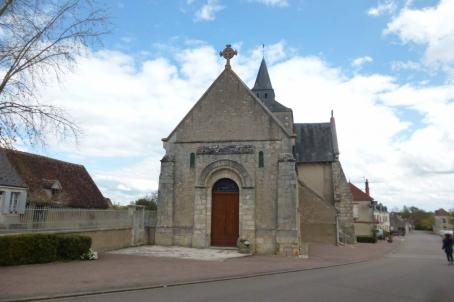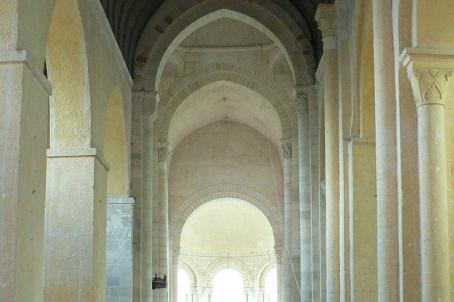Church of Saint-Amand
The church's style, both Romanesque and Gothic, is due to the confrontation of two cultures, that of the north of Aquitaine and that of the south of Ile de France. The church has also undergone numerous restorations, partial reconstructions or successive additions over the centuries. Thus, between the 11th and 20th centuries, the church has not known a century without structural changes.
About this building
This building was built at the end of the 11th or early 12th century, on the site of a priory built in the High Middle Ages. The vault of the transept crossing was rebuilt at the end of the 12th century. The first span of the nave and the western portal date from the 13th century. In the 14th century, the sacristy was built and the base of the bell tower was rebuilt. The construction of the side chapels was staggered from the middle of the 15th century to the beginning of the 16th century; the Sainte-Anne chapel was founded by Philippe de Culan, lord of Saint-Amand-le-Chatel. The paving of the nave was done in 1687. The roof was redone in 1747 by F. Catinot and G. Bionnet, carpenters. From 1816 to 1840, the sacristy was rebuilt and an arrow was added to the bell tower. In the middle of the 19th century, major repairs were undertaken on the roof and supports. From 1910 to 1929, the western façade and the chevet cover were rebuilt.






